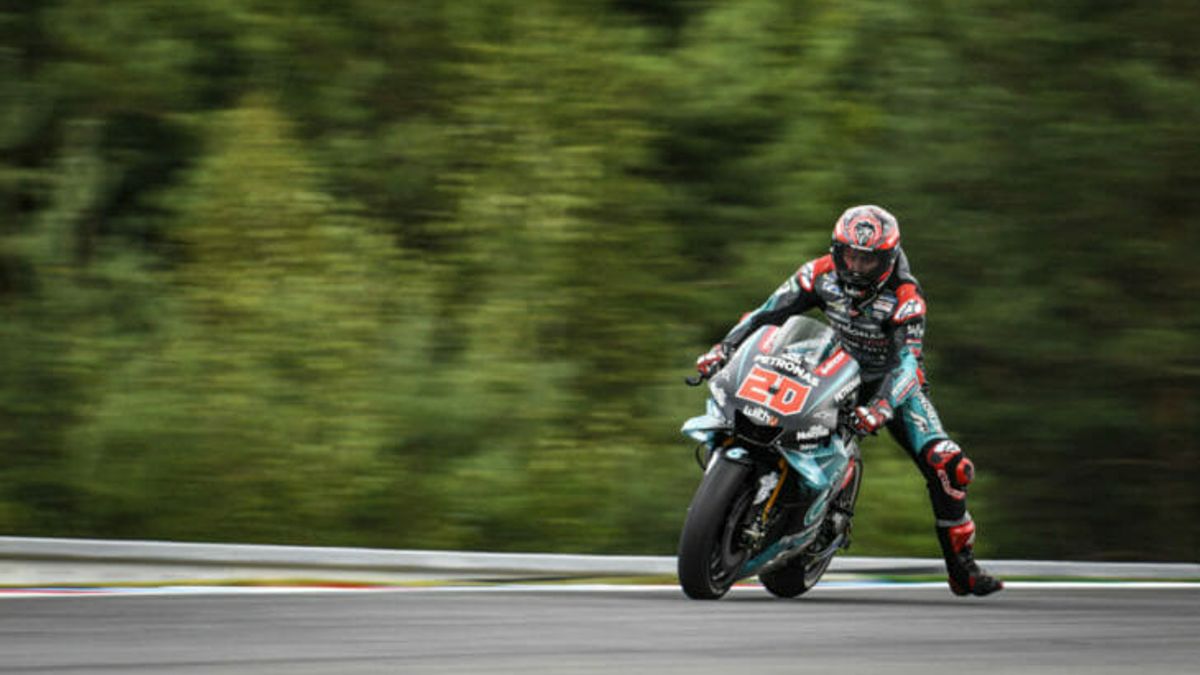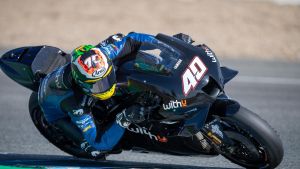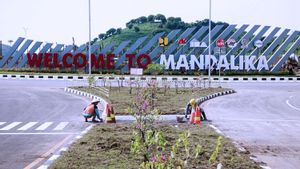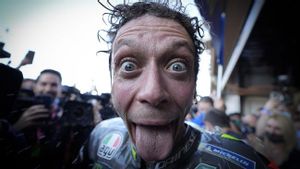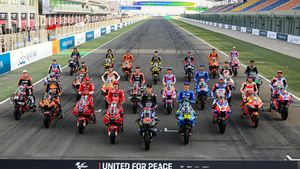JAKARTA – Did you know that every time a MotoGP rider applies hard braking, his body is like being crushed by a weight of 160 kg? That's a picture of the struggle of a MotoGP racer in a race that takes an average of 45 minutes.
According to the rules, the weight of a MotoGP motorbike cannot be less than 157 kg. The weight includes oil, water, cameras, various electronic equipment, and data collection devices.
Gasoline is added weight. Each MotoGP motorcycle tank has a full capacity of 22 liters or about 17 kg of gasoline.
Plus the weight of each racer averages 67 kg. Then added racing equipment: helmets, racing shoes, racing clothes, and racing gloves whose total weight can reach 11 kg. So, the total weight of the entire contents of the MotoGP motorbike plus the riders is almost 260 kg.

Then a racer is speeding on the track with a maximum speed of 350 km/hour. Then he must apply maximum braking when entering the corner. At that time a MotoGP racer received a gravitational pressure of 2g.
That amount of pressure is actually nothing compared to a Formula 1 driver who can get a gravitational force of 4g, even 5g. But the position of Formula 1 drivers is lower because they sit and are very tightly bound in the cockpit of the car.
Unlike the MotoGP racers who have to withstand all the weight with their own body, without the help of a seat belt. The weight of a racer plus complete equipment can reach 80 kg, must be held with the hands, groin, thighs, and feet so that he does not bounce forward.
When compared to the strongest lifter in the world capable of lifting 200 kg of weight, a MotoGP racer is more or less the same. According to the analysis of Brembo, an Italian racing brake manufacturer, MotoGP riders feel as if they are under 160 kg of weight, which comes from their body weight plus the racing equipment they are wearing, multiplied by 2 gravitational forces, every time they brake.
If the total weight of the motorbike is added by the riders which are almost 260 kg, the brakes of a MotoGP motorbike must be able to stop a load of about 500 kg in a very short time. Just a fraction of a second!
This situation must be experienced many times in one racing session. Not infrequently reach 50 times hard braking in 45 minutes of racing. Of course, it will be very energy-draining, so a MotoGP racer is required to have great physical fitness in order to be able to continue to concentrate on racing.
Technology Develops, Pressure Gets Heavy
In the period before the 1980s, the premium class motorcycle racer who was then still called the GP500 did not feel the 2g gravitational pressure when braking. However, after carbon fiber brakes were introduced in 1988, the issue of gravitational pressure became a topic of discussion.
Lucky Strike Yamaha Team Roberts were the pioneers of carbon fiber brakes, which were used in the 1988 British Grand Prix. The use of carbon fiber brakes made the team's rider Wayne Rainey win the race which was held at Donington Park Circuit on 7 August 1988.
Rainey, a racer from the United States, is able to brake slower than his competitors. However, Rainey's motorbike was able to stop faster and accelerated swiftly after cornering.

MotoGP today has implemented aerodynamic technology. The installation of wings on the motorcycle to increase downforce does make the speed more stable and faster, but invites consequences for increasingly heavy braking.
"The pressure on the riders is getting heavier, but behind that, we also have an advantage. When we brake, the body will automatically be ejected forward. Our body also functions as an air brake. So actually to increase braking power, each rider has his own characteristics," said Jake Miller, a MotoGP rider from the factory Ducati team as quoted by Motor Sport Magazine.
VOIR éGALEMENT:
The English, Chinese, Japanese, Arabic, and French versions are automatically generated by the AI. So there may still be inaccuracies in translating, please always see Indonesian as our main language. (system supported by DigitalSiber.id)
